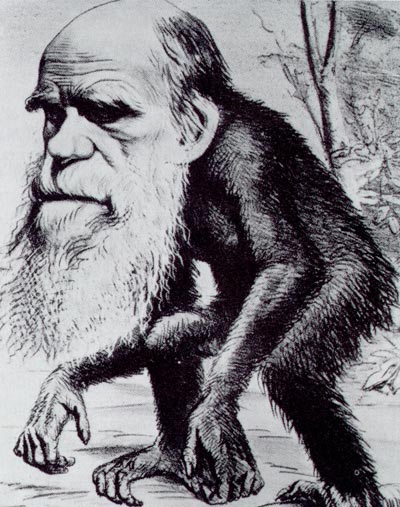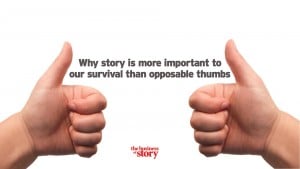The recession is ransacking everything and causing the extinction of many great green and environmental causes. I’ve been researching charitable foundations lately. Their nest eggs, from which their contributions are born, are as devastated as your 401k. Giving is down, and non-profits are looking for new ways to raise funds. If you’re green cause is lacking sustainability due to a drop in donations, then start to rethink how you’re asking and interacting with your donors and customers.
Tell a More Sustainable Green Story
This is the third article in a series on Dr. Sam Ham’s engaging work on “Thematic Communications.” I asked Dr. Ham if he’d offer some examples of thematic storytelling. He pointed to a conservation campaign on Galapagos Islands, which I found only too fitting given Dr. Charles Darwin’s work there.
Dr. Ham writes: My experience has been that the key to designing successful behavior-change campaigns is that we must not enter the situation thinking only about why people are not doing as we want, but rather, we must become skilled at uncovering the reasons that they would do as we want. Even some of my colleagues have a little trouble with this mental gymnastic.
There are many, but an example is one in the Galapagos Islands I had the pleasure to design. A well-known small eco-cruise operator, Lindblad Expeditions, wanted to increase donations by its guests to a special fund (the Galapagos Conservation Fund or GCF) which was set up in collaboration with the Charles Darwin Foundation to direct much-need financial support to on-the-ground conservation in that fragile archipelago. Based on messages more or less intuited by the staff and opportunistically delivered over the course of a seven-day cruise, they were raising about USD $1,800 per week from their 80 passengers (40 couples usually). After doing their homework and developing a message package based on the beliefs Lindblad guests actually had about the behavior (i.e., donating to the GCF), we were able to increase donations the next year by 270% (to over $6,700 per week). Today the GCF generates close to $500,000 per year and has single handedly financed the successful eradication of introduced goats and pigs on one of the archipelago’s most threatened islands.
It is clear that in order to successfully apply what we’re learning about persuasive communication and behavioral influence, we must better understand the reasons people would have for doing the right thing, not just the reasons they have for doing the wrong thing.
In the Galapagos campaign, as well as in many others, this has been the key to getting the homework right. The Office of Integrated Sustainability Services in Townsville, Australia is rapidly becoming a world model in applying this approach at the community level. Teaming up with Ergon Energy, they’re tackling a suite of behaviors related to energy and water consumption with the aim of becoming a world model for sustainable cities. I think the impact of their work is potentially far-reaching both in Australia and the rest of the world.
Do you have an example of thematic communications at work? What’s your story?












at 11:52 am
[…] Power of Telling Sustainable Stories Jump to Comments With a nod to Park Howell, two news items from this week reinforced for me the power of telling the right story in order to […]